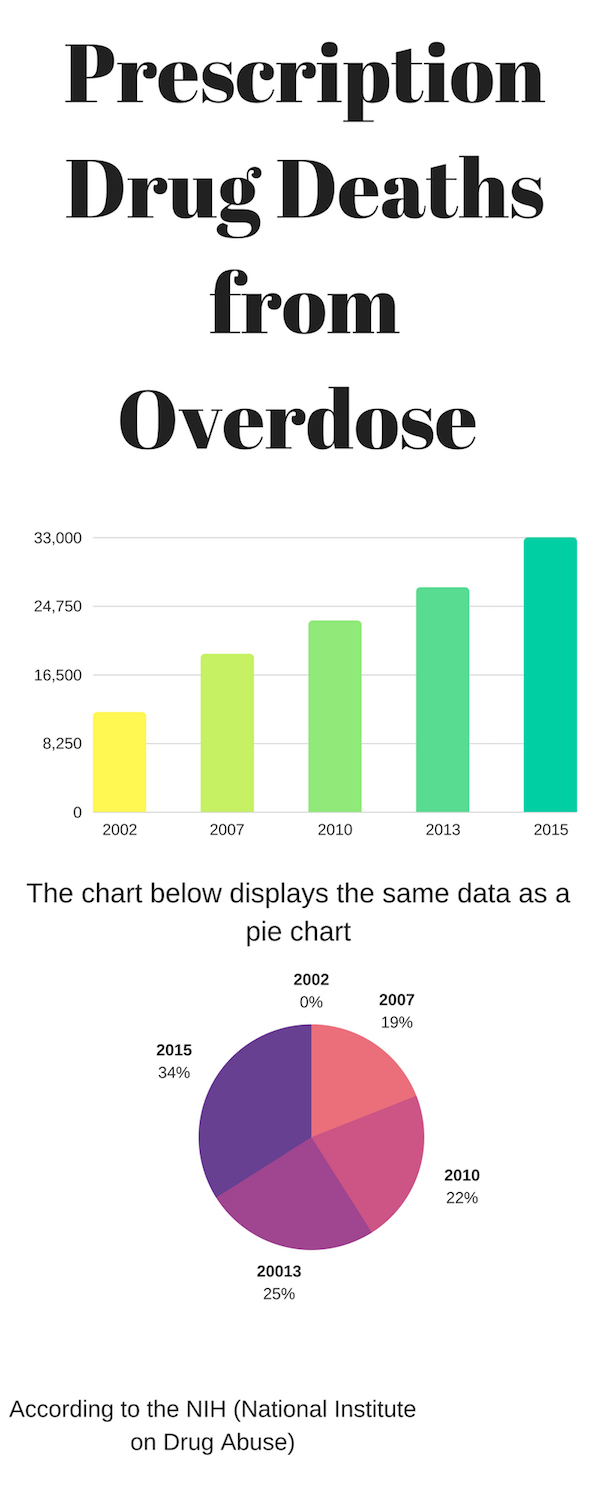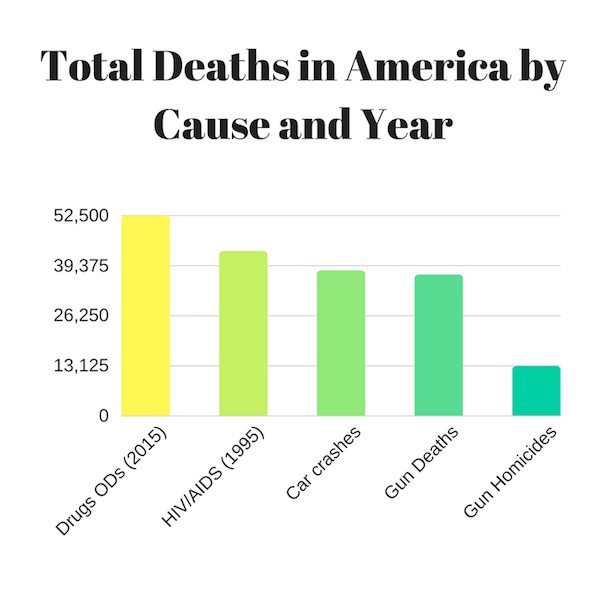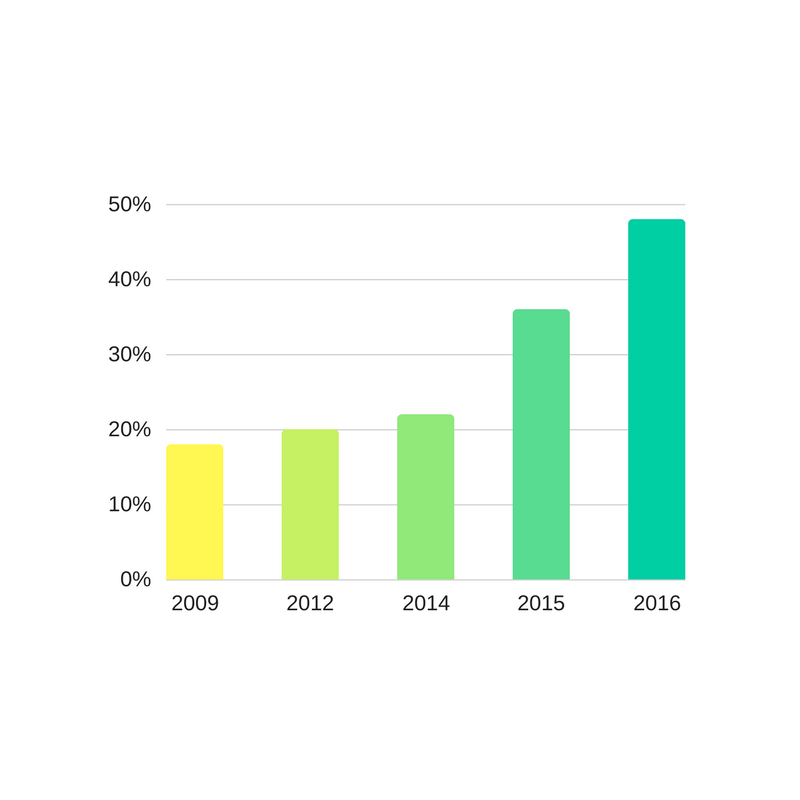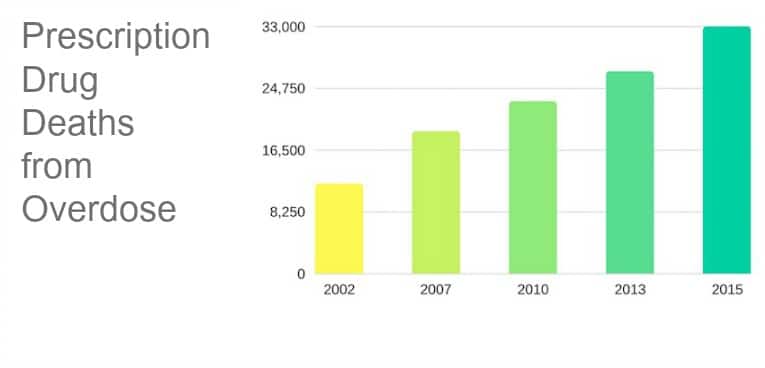Why The Need for Opioid & Opiate Addiction Treatment
Some people say there is an opioid addiction epidemic. Is there?
The NIH thinks so, and according to their data, there seems to be no doubt.
From NIH (National Institute on Drug Abuse)
The following paragraphs represent data taken directly from the NIH website.
Several factors are likely to have contributed to the severity of the current prescription drug abuse problem. They include drastic increases in the number of prescriptions written and dispensed, greater social acceptability for using medications for different purposes, and aggressive marketing by pharmaceutical companies.
To illustrate this point, the total number of opioid pain relievers prescribed in the United States has skyrocketed in the past 25 years (Fig. 1).[4] The number of prescriptions for opioids (like hydrocodone and oxycodone products) have escalated from around 76 million in 1991 to nearly 207 million in 2013, with the United States their biggest consumer globally, accounting for almost 100 percent of the world total for hydrocodone (e.g., Vicodin) and 81 percent for oxycodone (e.g., Percocet).[5]
In 2010, there were 13,652 unintentional deaths from opioid pain reliever (82.8 percent of the 16,490 unintentional deaths from all prescription drugs), and there was a five-fold increase in treatment admissions for prescription pain relievers between 2001 and 2011 (from 35,648 to 180,708, respectively). In the same decade, there was a tripling of the prevalence of positive opioid tests among drivers who died within one hour of a crash.
All of this points to a major problem for all of us. It is safe to say the need for Opioid & Opiate Addiction Treatment has never been more eminent.
Heroin Epidemic
According to the National Institute on Drug Abuse growing Evidence suggests that…
abusers of prescription opioids are shifting to heroin as prescription drugs become less available or harder to abuse. For example, a recent increase in heroin use accompanied a downward trend in OxyContin abuse following the introduction of an abuse-deterrent formulation of that medication (dashed vertical line)
Numerous others have reported on it, including ASAM (American Society of Addiction Medicine) and The New York Times article, Inside a Killer Drug Epidemic: A Look at America’s Opioid Epidemic.
For those of you who prefer to view things displayed in charts, the following may help. This data was obtained from information gathered by the National Institute on Drug Abuse in their report regarding the opioid epidemic.

And here’s another chart involving the opioid addiction epidemic showing the total number of deaths from various causes. Note that the deaths attributed to drugs is more than the combination of deaths from car crashes and gun homicides combined.

But we didn’t need this data. We already knew, as the increase in patients we treat who have had problems with opiates has risen from less than twenty percent to almost fifty percent. The chart below shows the data.
Increase in Patients Treated with Opioid or Opiate Addiction

The evidence from our own facility, combined with data from national sites, is convincing, overwhelmingly so, that Opioid & Opiate addiction treatment has increased.
In our next blog, When to ask for help with addiction, we explain the steps you should take if you find yourself or your loved one addicted.



